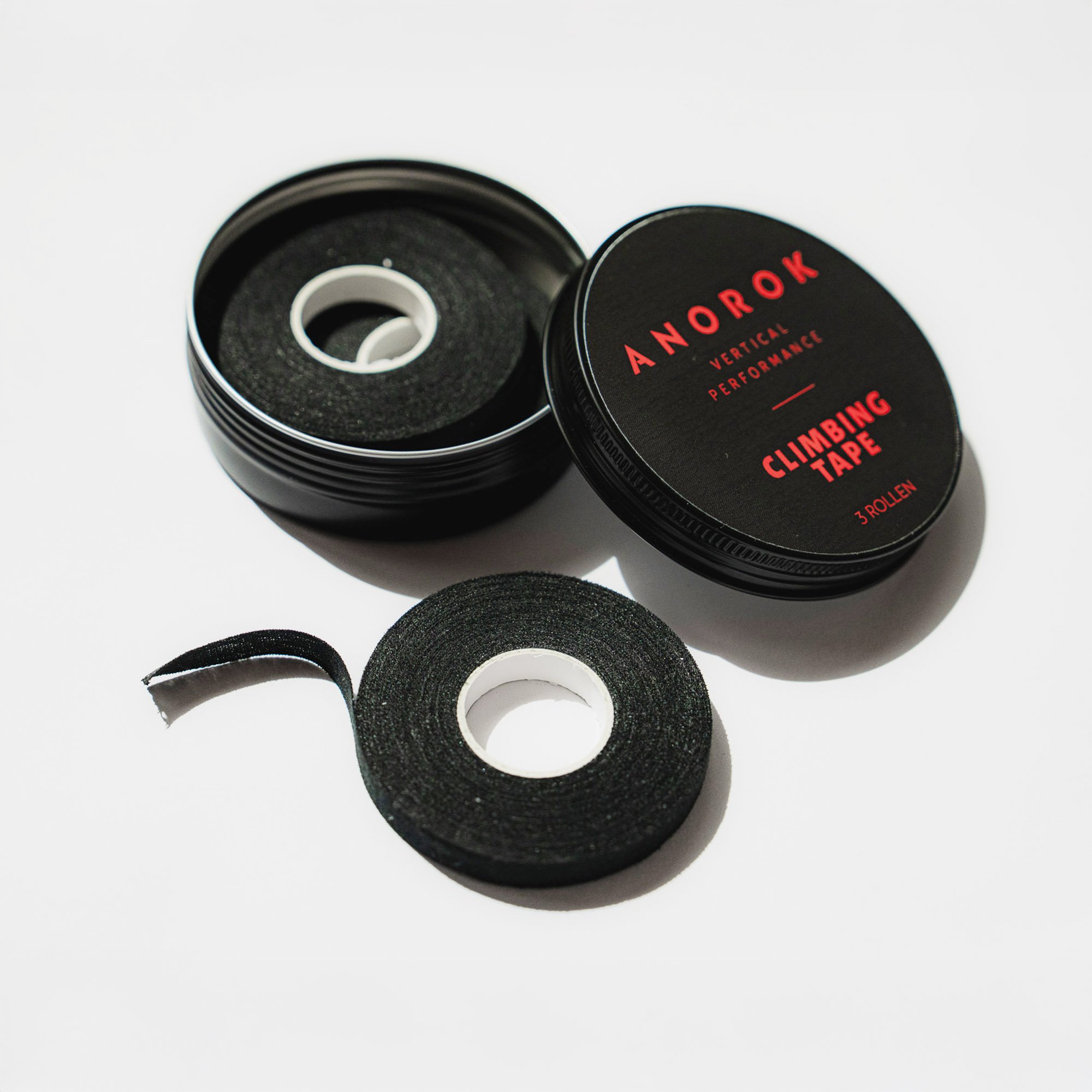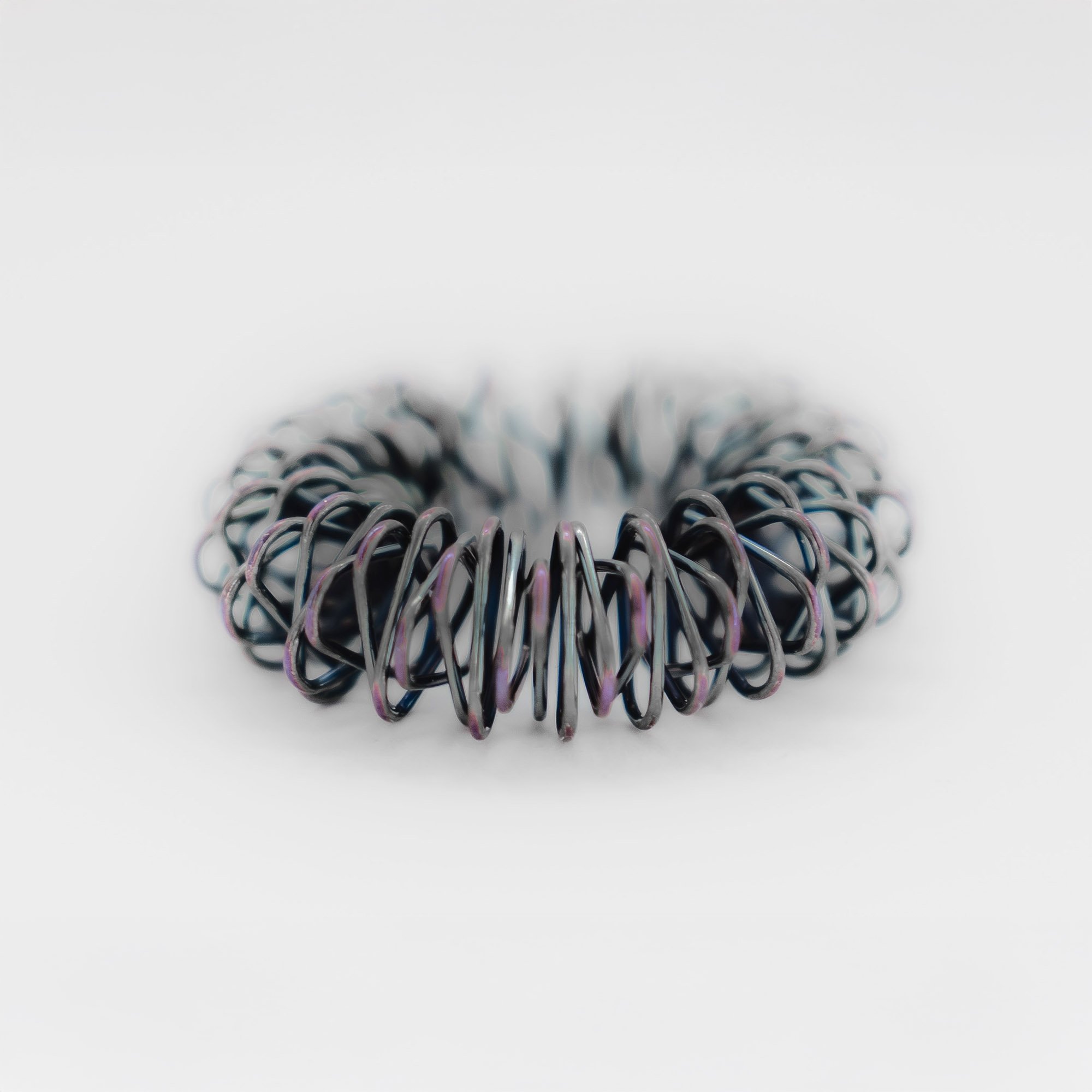Skin Care for Boulderers
Healthy skin is crucial for optimal bouldering performance. This guide provides evidence-based practices to keep your skin strong, resilient, and ready for your next bouldering session.
Why Skin Care Matters
Bouldering friction frequently causes microtears, blisters, splits, and flappers. Good skin care prevents these issues from limiting your climbing potential.
Cleanliness: The Foundation
Thoroughly wash your hands before and after bouldering to remove chalk, sweat, and bacteria.
Choose gentle, pH-balanced soaps instead of harsh detergents.
Rinse completely with warm water to cleanse effectively, finishing with cool water to close pores.
Balanced Moisture
Keep skin adequately hydrated; overly dry or excessively moist skin is more susceptible to tearing.
Apply climbing-specific moisturizing balms each night to maintain skin elasticity.
Avoid greasy moisturizers directly before bouldering; apply at least two hours in advance.
Callus Care and Sanding
Regularly file calluses with pumice stones or emery boards to prevent sharp edges that lead to flappers.
Maintain ideal callus thickness to avoid tears from excessively thick skin or blisters from overly thin skin.
Keep nails short and edges rounded to minimize accidental scrapes.
Healing Flappers and Splits
Flappers:
Carefully trim any loose skin, allowing the area to air dry and heal naturally.
Split Tips:
Clean splits thoroughly, apply antibacterial ointment, and cover with a breathable dressing.
During bouldering, tape splits securely; a small drop of superglue beneath tape may provide additional support.
Abrasions:
Clean the abrasion, apply a healing salve or gel, and protect with a breathable bandage.
Allow skin to breathe periodically by avoiding constant taping.
Managing Conditions and Timing
Avoid bouldering in high humidity, as damp conditions weaken skin and compromise grip.
Monitor skin for overheating during sessions; take breaks before damage occurs, regardless of muscular fatigue.
Schedule rest days dedicated to skin recovery.
Sweat and Antiperspirants
Excessive sweating reduces grip and weakens skin integrity.
Use methenamine-based antiperspirants carefully to control sweat without causing excessive dryness.
Test antiperspirant products cautiously to observe your skin's reaction.
Nutrition and Hydration
Proper hydration and nutrition enhance skin recovery and resilience.
Adopt a consistent skin-care routine involving regular cleaning, moisturizing, and hydration.
Daily Skin Care Routine
Step Before Bouldering After Bouldering Night Routine Clean and Prep Wash, file calluses, trim nails Wash hands Gentle cleansing Moisturize Balm application (2+ hrs before) Apply salve Generous balm Address Damage Tape splits if necessary Treat flappers and splits Cover overnight Rest and Recover Avoid overheating skin Allow skin recovery Skin breathing time
Final Thoughts
Effective skin care for bouldering includes thorough cleanliness, balanced skin moisture, gentle callus management, prompt treatment of injuries, and careful consideration of climbing conditions. Consistent skin care practices ensure fewer skin-related setbacks, improved bouldering performance, and increased enjoyment on the wall.


